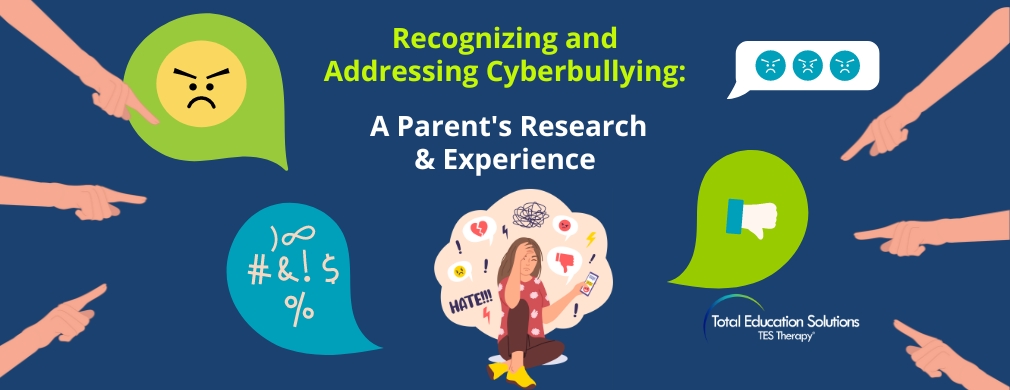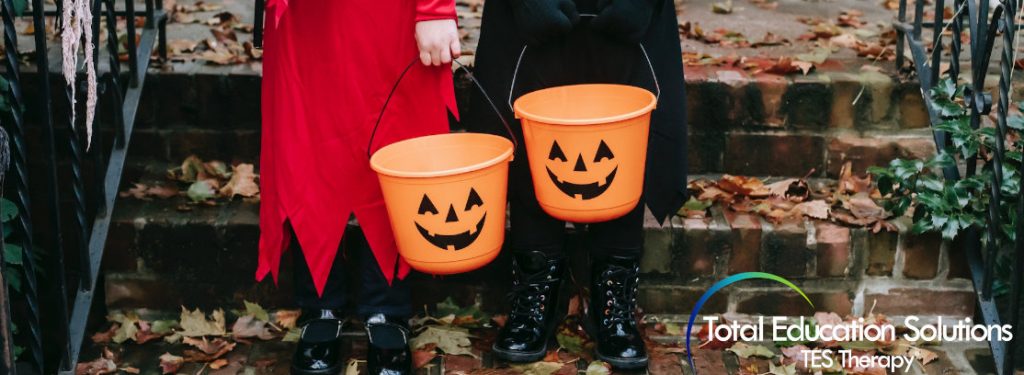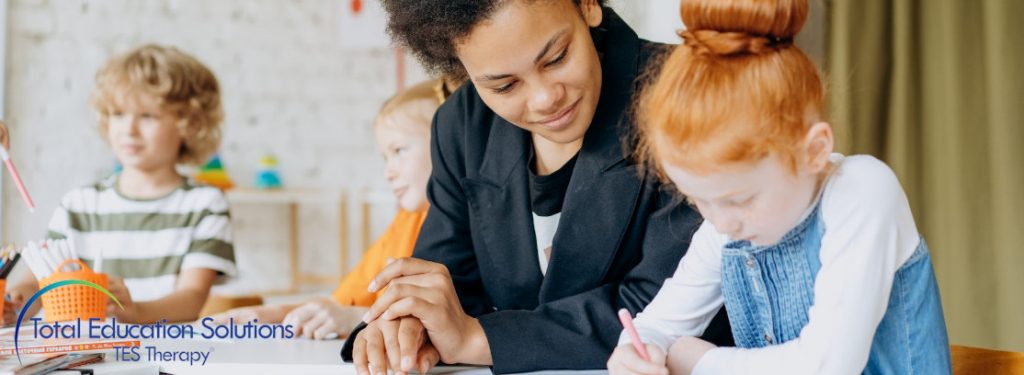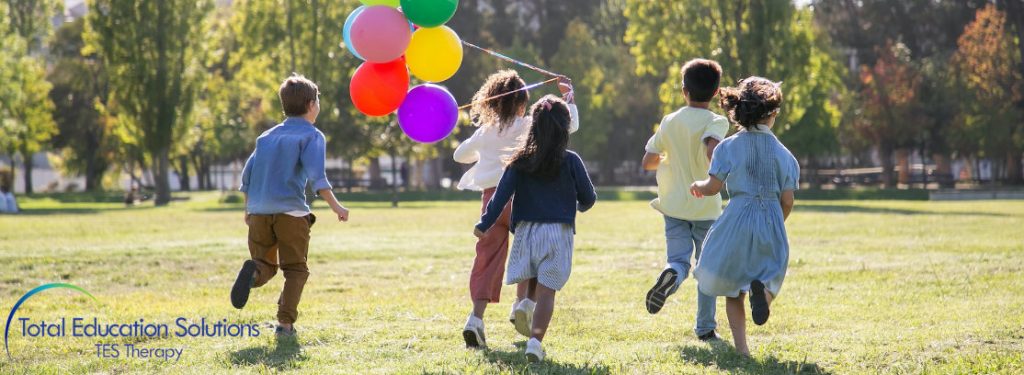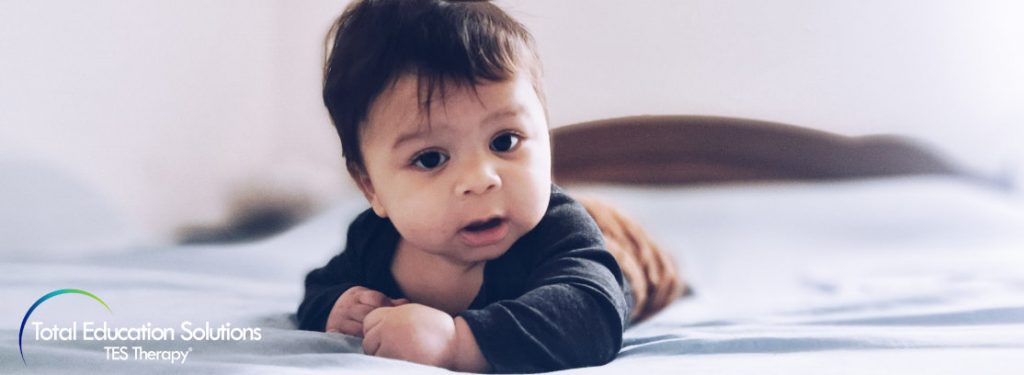Mental Health and Wellness are very important during a time when people are not sure about the future. Schools are recognizing the importance of social-emotional health in the lives of children, families, teachers, administrators, and providers.
Can you identify ways to maintain positive mental health?
The best thing that each of us can do for ourselves daily is to eat healthy food, exercise and get enough sleep. Connecting with loved ones like friends, family members, faith-based communities, and mentors is important so that we don’t feel isolated.
1. Connecting with others is an important component of wellness.
Talking to our family members and listening to how they feel can improve our understanding and perspective of how others feel about the changes in our environment. Sharing our thoughts and feelings about the changes we are all experiencing. Staying in touch with friends and asking for help if we are feeling down or anxious.
Many of us may feel isolated, while others may be overwhelmed with new duties as we work from home and teach our children remotely. Having social-emotional awareness is important not only for us but also for our children.
2. Developing coping skills to handle frustration, disappointment, or angry feelings are important skills to develop.
For example, deep breathing and mindfulness exercises can help us calm our minds. A free app called “Headspace” that provides mindfulness exercises can give us direct examples of how to practice breathing techniques and experience mindfulness first hand.
For children and parents- YouTube has great examples of kids talking about how they feel and then practicing breathing. “Just Breath” has examples about calming down using breathing to relax. For younger children, YouTube Sesame Street Back to school with Elmo is a PSA “Slow Deep Breath in English and Spanish”.
Just talking five deep breaths can calm down your brain.
Find a comfortable sitting position with your feet on the floor.
Try breathing in for 4 counts, hold 4 counts, breath out 4 counts. Repeat five times.
How did that make you feel?
3. Nutritional Health and eating healthy meals is the best thing we can do for our brains.
As we teach our children about healthy eating by providing healthy snacks and including the kids in making healthy meals for the whole family, we can help create lifelong healthy eating habits. As we prepare grocery lists for our meals, we can include our children in making healthy choices for the list.
What kinds of foods do you choose at the store? Try to reduce sugar intake by eating fresh foods and reducing packaged foods. Kids thrive in having routines. Make a planner with a schedule of snack times for nutrition and meals so children know what to expect. By having the children participate in developing the grocery list and meal preparation, it allows them to have a voice and choice in developing their healthy eating plan.
4. Getting physically active and exercising also creates life long habits.
No cost, low-cost exercise ideas can include walking around the block after dinner, dancing while listening to music, or playing a game of catch with your children. Don’t forget to stand up and stretch your neck, shoulders, arms, and back between zoom distance learning or zoom meetings. Take breaks to walk around the house and refocus for the next class or meeting.
We can include fun ways to exercise into our routines such as jogging, jumping jacks, dancing, rolling skating, riding a bike, and playing games that get you moving. Remember to schedule planned fun. Include games the kids played at school to bring some familiarity to the daily schedule or create new games to play to develop and stimulate creativity as well as problem-solving and negotiation skills. With a ball, we can play 4 square or play catch.
5. Getting enough sleep is very important for our brain to relax and recharge by integrating the day’s events or learning.
Having a sleep routine such as going to sleep at the same time each night and waking up at the same time each day can be key for sleep health. You can use tension and relaxation techniques to relax as you prepare to sleep. Creating a routine is an important part as we prepare for bed and go to sleep. Turning off electronic devices (phones, computers, iPad, etc.) and not looking at blue screens an hour before we go to sleep can enable us to fall asleep faster and get more quality sleep.
6. Helping others- Reach out to others that may be feeling isolated.
Check-in on a neighbor who may not be connected to their family. Offer to do some grocery shopping for an older adult who is staying at home. Help a friend complete a chore. Many of us feel better when we help others.
7. Staying positive- Making a gratitude list each day as you wake up.
Notice and acknowledge others positive actions and accomplishments. Thank your children or spouse/partner for helping complete chores. Kids respond to positive attention, notice the little things. Be specific in your compliment. “Thank you for putting your laundry in the basket.” Or “Thank you for washing the dishes”. Making a chore chart can also support your children in participating in self-care activities as well as helping with the household chores.
If you have not been connecting with others, not eating right and or exercising, and are experiencing feelings of hopelessness and/or a loss of interest in activities that you used to enjoy, please reach out to and connect with a trusted friend or relative.
Please also remember to seek professional help if you need it. The ACCESS line at the Department of Mental Health is a 24/7 line that can provide referrals for adults and children as well as provide emotional support. As Dr. Sherin at the Department of Mental Health says “None of us are well until all of us are well”.

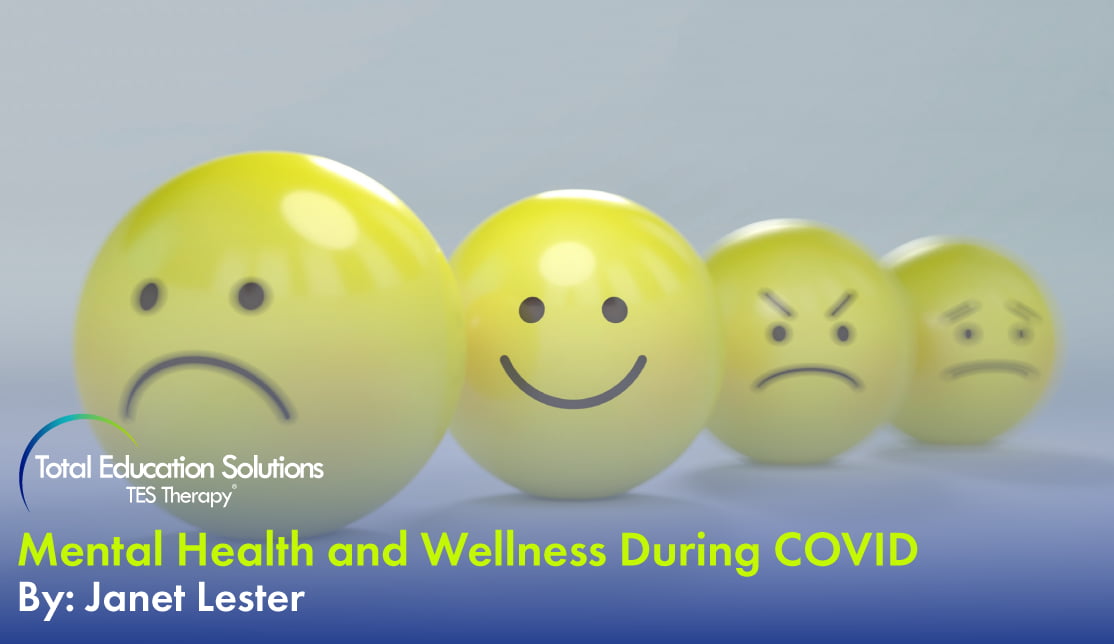
 14 Oct 2020
14 Oct 2020 